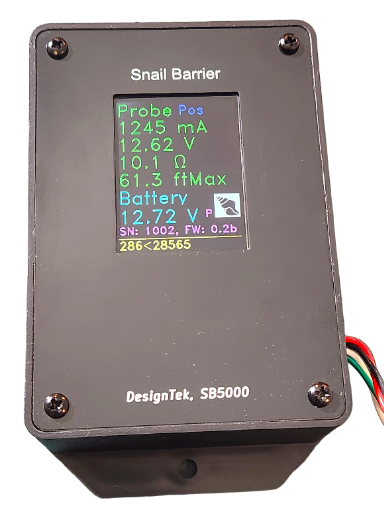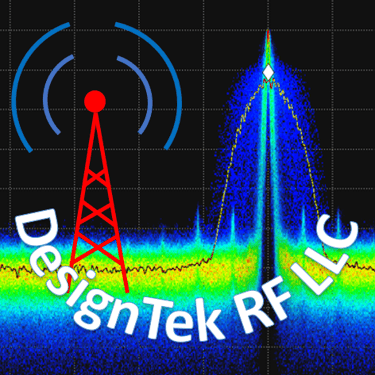Resources to help protect your fisheries

Underwater Snail Barrier
SB5000
$475.00
The Snail Barrier SB5000 is an underwater snail barrier preventing evasive New Zealand mud snails from working their way into fish hatcheries and other locations where fish would digest these snails. The SB5000 is the controller in a system that also needs a power supply typically a battery, solar panel, and solar charge controller along with an under-water probe typically made from two stainless steel bands. This controller has several features:
· Probe Measurement Data (Voltage, Current, Resistance)
· Battery Voltage Measurement
· Automatic Probe Polarity Switching after 24 hours
· Pulse Countdown to Polarity Switch
· Barrier Effectiveness Parameter. Shows Maximum Supported Probe Length
· Display Probe Polarity Indication
· Warning / Error Messages (Low Probe Current, Low Battery Voltage, Over Current)
· Probe Short Protection
· Plug and Play Operation, no Configuration Needed
· Case comes with Two Mounting Holes (4.755” apart)
· Includes 6” Power and Probe Pigtails
Specifications | ||||
Parameter | Minimum | Typical | Maximum | Units |
Input (Battery) Voltage Range | 7 | 12 | 30 | Volts |
Probe Current Range* | 40 |
| 5000 | mA |
Probe Voltage Range | 7 |
| 30 | Volts |
Probe Resistance Range* | 3 |
| 500 | Ohms |
Pulse On Time |
| 25 |
| ms |
Pulse Off Time |
| 3000 |
| ms |
Polarity Switch Count |
| 28565 |
|
|
Polarity Switch Time |
| 24 hours |
|
|
Battery Voltage Measurement Accuracy | -5.0 |
| +5.0 | % |
Probe Voltage Measurement Accuracy | -5.0 |
| +5.0 | % |
Probe Current Measurement Accuracy | -8.0 |
| +8.0 | % |
Probe Resistance Measurement Accuracy | -8.0 |
| +8.0 | % |
Low Voltage Warning |
| < 10.8 |
| Volts |
Low Current Warning |
| < 18.0 |
| mA |
Overcurrent Warning |
| > 5100 |
| mA |
Probe and Battery Connectors | Anderson Powerpole | |||
Fuse Size | 2.0 A | |||
Size | 5.245” x 3.076” x 1.375” | |||
Weight | 7 oz | |||
Current Draw | 35 mA Nominal plus probe current at 0.83% duty cycle | |||
*Small current and large resistance measurements outside the specified ranges are less accurate
Creative solutions for aquatic ecosystem preservation.
© 2025. All rights reserved.
